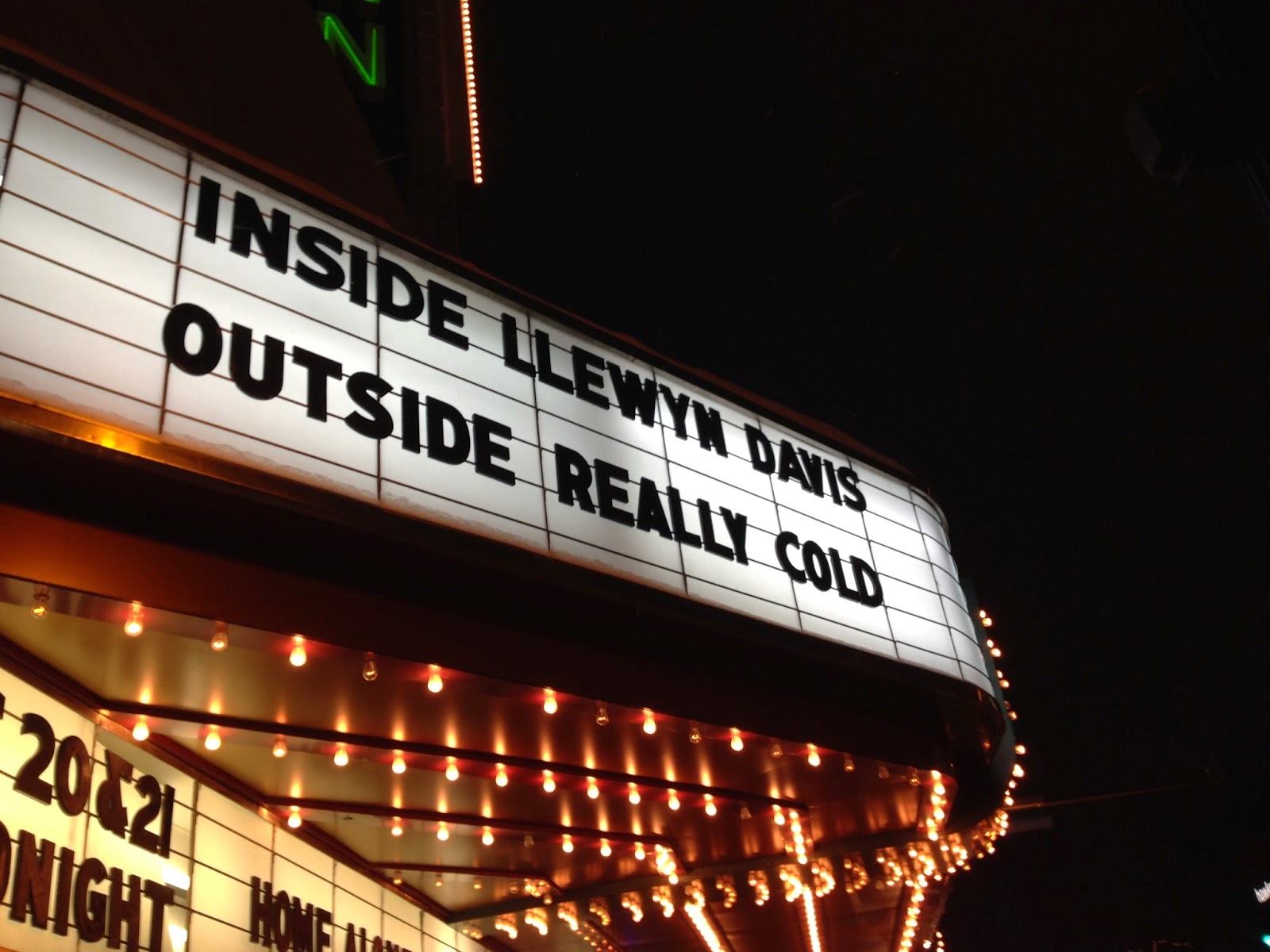Facing declining ticket sales throughout the 1990s, innumerable single-screen movie theaters across the country were turned into multiplexes by splitting their balconies into one or two extra screens. While the Uptown Theatre thankfully evaded this fate, it spent this particular decade in limbo as Minneapolis citizens and City Council battled Landmark Theatres on the issue.
The beginnings of this story can be traced back to 1989, where a March 15 City Council meeting heard the proposal of the Uptown Village. This complex, a mere half-block from the Uptown Theatre, would include eight screens in a building also holding 30,000 square feet of retail space and 10,000 square feet of office space
(East Calhoun News, v.16, no.11).
While this idea did not make it very far, a scaled-down proposal was taken into effect. Landmark Theatres proposed a $1.5 million, five-screen, 806-seat theater tentatively titled the Uptown 5. It was actually then-Uptown manager Bob Strong who wrote to Landmark in 1991 and proposed the new theater name to instead be the Lagoon, not only because it was on Lagoon Ave. and, '
the name conjured up romantic images with vaguely mysterious undertones that would not be found in a larger mall theater', but also because it was the original name of the Uptown in 1916. This would reinforce the affiliation between the two cinemas and both acknowledge and respect its heritage.
Not everyone was thrilled about this development. The Calhoun Area
Residents' Action Group and the East Calhoun Community Organization both
worried about potential traffic and parking problems, including
Landmark only offering one hour of free parking to customers, and also
that the planned one-story brick structure was '
uninspired' and
'ugly.' There were also
rumors that City Council shut out opposition for development and
fast-tracked this particular plan, which they of course objected to
(Southwest Journal, Oct. 1993). Regardless, the Lagoon Cinema opened on February 16, 1995.
(East Calhoun News, March 1995).
Despite this addition of five new screens in the Uptown area, though, talk of splitting the Uptown into three screens commenced. The plan was to wall off the balcony from the main theater and split it into two auditoriums of 100 seats each. This proposal did not make it very far at the time, as the City Council's Zoning and Planning Committee quickly approved a plan to limit growth of movie theaters in Uptown. Seven screens were already within two blocks of each other (including the Suburban World) and the owners of Calhoun Square were also talking with potential theater tenants, so the committee placed a two-and-a-half-year moratorium in order to study the effect of additional theaters on traffic and parking problems
(Star Tribune, 6/21/95).
Talk continued of the split screens during this moratorium. The Twin Cities Reader reported in 1996 that while splitting the Uptown was proposed due to declining ticket sales, the Uptown was consistently among the top five highest-grossing theaters in Landmark's chain from 1989 to 1995 (unlike Landmark's other split-screen theaters, Denver's Mayan and Milwaukee's Oriental). Former manager Bob Strong also pointed out that the 300 extra seats in the balcony turned mere openings of films into legendary, gala events, and that, "
For a lot of people, a theater is more than a revenue-producing engine. It's magical. It goes beyond profit and loss"
(Twin Cities Reader, 11/20/96).
Discussions erupted once the moratorium was over in 1998. Over thirty people and a TV news crew showed up to a public forum meeting at Painter Park on February 10 with City councilmembers Lisa McDonald and Lisa Goodman, along with Landmark Theatres representatives Paul Richardson and Bert Manzari. Richardson called the Uptown a '
dinosaur' that rarely sells out any longer, stating that admissions have dropped from 200,000 in 1993 to 138,000 in 1997. The representatives then listed their previous experience with these sorts of renovations with the Mayan and Oriental, and explained that they could bring in more independent films and keep them in town for longer with additional screens. They also explained plans to restore the Uptown's murals, marquee, and pylon sign and add in a cappuccino bar
(Uptown Association. v.20, no.1, Southwest Journal 2/25/98, East Calhoun News March 1998).
Another meeting was held for Lowry Hill residents on March 10, where citizens found it suspect that Landmark had this proposal in the works for three years and while they presented dropping attendance figures, they also sent more crowd-pleasing movies to the Lagoon Cinema while placing the less-attended experimental films at the Uptown. Councilmember McDonald proposed a zoning amendment that would require Landmark to provide up to 200 new parking spaces to alleviate parking concerns, but the company would only agree to 20
(Southwest Journal, March 1998).
These issues were presumably never cleared up to City Council's satisfaction, as the auditorium ultimately avoided the split. Rumors circulated again around 2012 during the building's extensive renovation, but this never came to be. The Uptown remains a single-screen movie theater.






















.jpg)



.jpg)

























